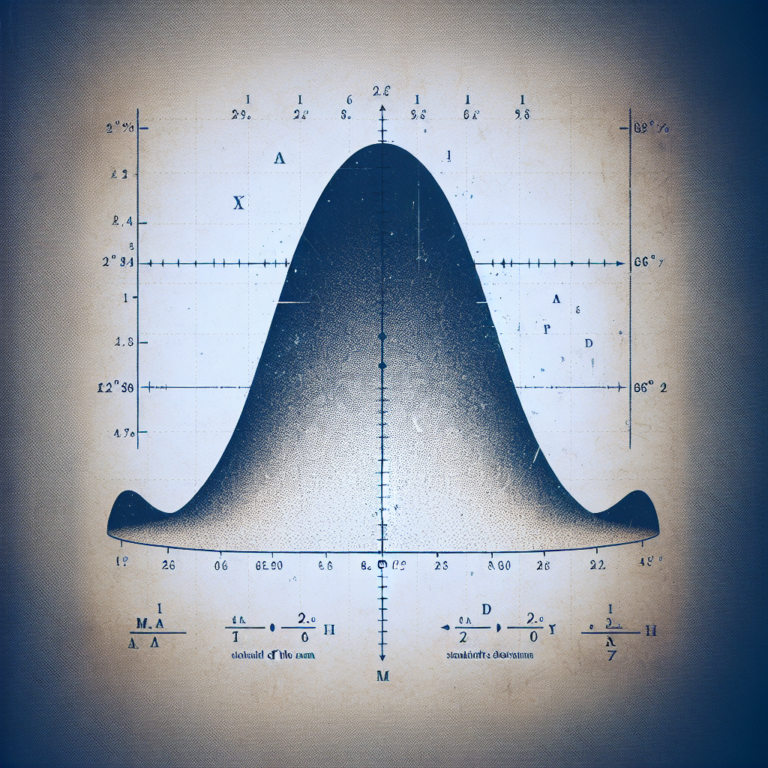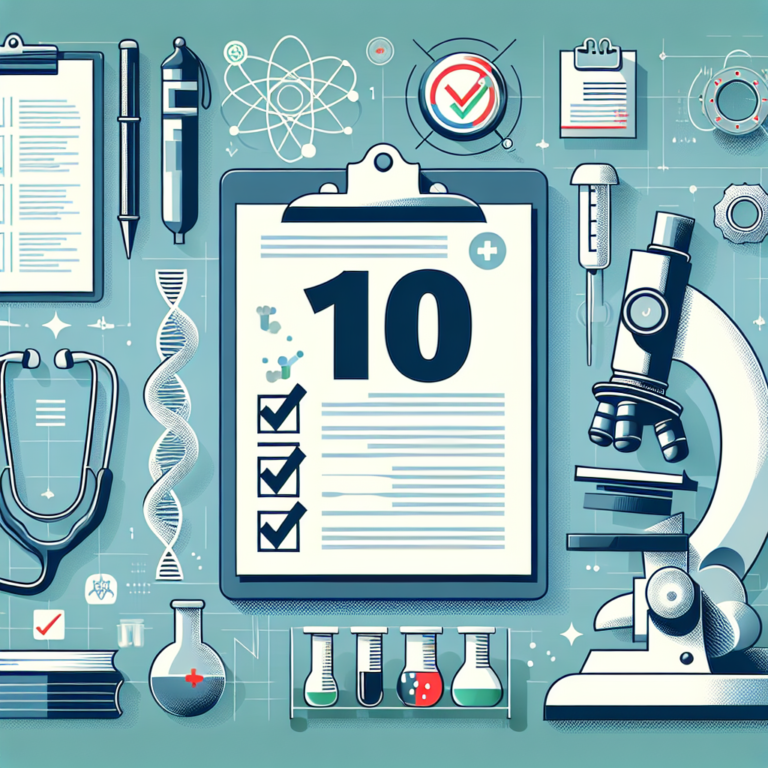Probability plays a crucial role in statistical analysis. It helps in making informed decisions based on data collected from various sources. At StatisMed, we understand the significance of incorporating probability into statistical analysis to provide accurate and reliable results for medical doctors.
Table of Contents
Understanding Probability
Probability is the likelihood of a specific event occurring. It is expressed as a number between 0 and 1, where 0 indicates impossibility, and 1 indicates certainty. In statistical analysis, probability helps in quantifying uncertainty and assessing the chance of different outcomes.
When conducting statistical analysis for medical data, StatisMed utilizes probability to measure the likelihood of certain medical conditions occurring in a population. By understanding the probability of events, medical professionals can make informed decisions regarding patient care and treatment options.
The Role of Probability in Data Analysis
In statistical analysis, probability is used to calculate the likelihood of obtaining certain results from a sample of data. By using probability distributions, statisticians can model real-world data and draw conclusions based on probability theory.
At StatisMed, we apply probability theory to analyze medical data and identify patterns or trends that may impact patient outcomes. By understanding the role of probability in data analysis, medical doctors can improve diagnostic accuracy, treatment efficacy, and patient care.
Incorporating Probability into Statistical Models
Statistical models are essential tools for analyzing data and making predictions. By incorporating probability into statistical models, researchers can assess the uncertainty associated with their findings and make sound judgments based on the data.
StatisMed specializes in developing statistical models for medical research and analysis. By integrating probability theory into our models, we can provide medical professionals with valuable insights into disease prevalence, treatment effectiveness, and patient outcomes.
Benefits of Using Probability in Statistical Analysis
-
Accurate Predictions: Probability helps in making accurate predictions based on data analysis, ensuring reliable results for medical decision-making.
-
Risk Assessment: By assessing the probability of different outcomes, medical professionals can evaluate the risks associated with certain conditions or treatments.
-
Evidence-Based Medicine: Probability enables evidence-based medicine by quantifying the likelihood of treatment success or patient recovery.
-
Precision Medicine: Probability plays a key role in precision medicine by tailoring treatments to individual patients based on their unique characteristics and risk factors.
- Quality Improvement: By incorporating probability into statistical analysis, medical facilities can improve the quality of patient care and treatment outcomes.
Conclusion
In conclusion, probability is a fundamental aspect of statistical analysis that plays a crucial role in decision-making for medical doctors. By understanding and incorporating probability into data analysis, StatisMed can provide accurate and reliable results for medical professionals to enhance patient care and treatment outcomes. Contact us today to learn more about our statistical analysis services for medical research and clinical practice.
[ad_2]




